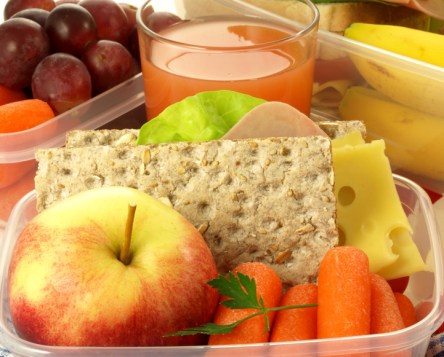Direct-to-door home meal services have experienced record-breaking growth. The past four years witnessed a 33 percent increase in delivery traffic, reports NPD group. This growth presents new opportunities for commercial and institutional real estate. The Catalyst & Growth Potential The growth of prepared meal services comes as a response to public cries for healthier, convenient food. Americans are becoming more health-conscious. The surge towards healthier fare comes on the heels of seemingly endless bad news: Almost 70 percent of American adults are diagnosed as overweight or obese. Rarely disclosed allergens in foods decrease the efficiency of digestive and endocrine systems. Processed foods continue to make headlines for dangerous ingredients and poor transparency practices. Homemade meals using fresh produce and lean meats are a tried and true step in restoring health. But few adults feel that they have enough time to cook. Adults are willing, however, to pay top dollar for homemade meals cooked elsewhere. Nielsen’s 2015 Global Health & Wellness Survey polled over 30,000 individuals online. Of the respondents, 88 percent are willing to pay more for healthier foods. NPD reports an increase of 6 million fresh meal deliveries in the past year. The convenience of online orders cannot be underestimated. Users avoid waiting at the drive through or detours to the grocery store during the commute home. User avoid expending emotional energy by talking to another human being. The potential of such convenience is limitless. In this atmosphere, direct-to-door services will continue to grow. Creative Sites The real estate requirements of direct-to-door services vary, based largely on the popularity of the service. A few components appear to be consistent: Mature companies seek out numerous, small sites rather than vast distribution centers. These sites are centrally located to heavily populated areas with easy access...
Smarter Snacks
Eat right for work
Food: celebration, unity, comfort. The cultural significance of a meal, or even a snack, goes beyond our bodies’ need for nourishment. Unfortunately, that’s the problem. Deciding what foods to stock in the break room or how to create menus for a conference can be a daunting task. Organizers must decide between foods that nourish the mind and body—leading to greater productivity and higher morale—and comfort foods that people actually like. Costs and ROI There is a rumor floating around that a healthy diet costs more than an unhealthy one. That’s only half of the truth. An intensive, international study recently published by Reuters suggests that healthy eating costs an average $1.47 more per day—that’s less than a cup of coffee. Over the course of a year, that totals to about $550 per person. Since most companies don’t feed employees three meals a day, they will only absorb a fraction of these costs by serving health meals. The truth remains that healthy options cost more upfront but the cost difference is swallowed when healthcare is taken into consideration. Check out the Union of Concerned Scientists’ findings: If Americans ate just one more serving of fruits or vegetables per day, this would save more than 30,000 lives and $5 billion in medical costs each year. If Americans were to follow current USDA recommendations for daily consumption of fruits and vegetables, those numbers would go up to more than 127,000 lives and $17 billion saved. According to methods commonly used by economists, the increased longevity that would result if Americans ate the recommended amount of fruits and vegetables is worth over $11 trillion. The Integrated Benefits Institutes reports that “227 billion each year is from ‘lost productivity’ from employee absenteeism due to illness or what researchers called...


